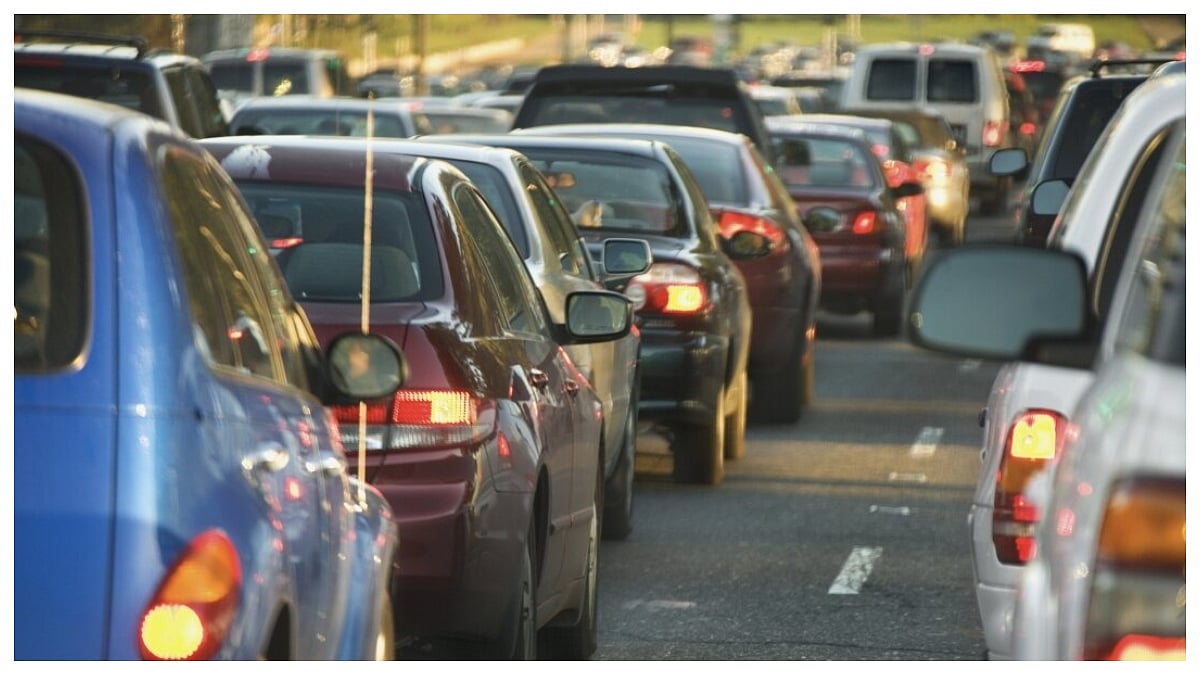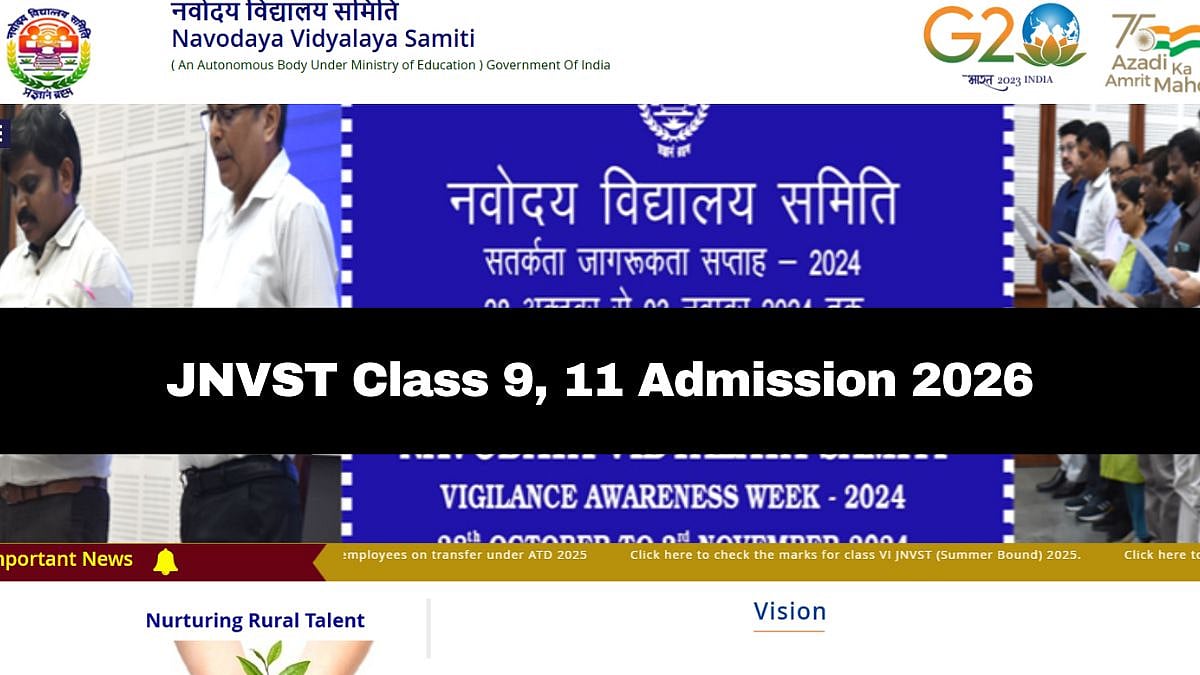Looking all around, it appears that Mumbai’s infrastructure has developed tremendously in the last few years. Bridges, flyovers, expressways–these are all major changes in the way the city moves. But yet, commuters travel for hours to get to their destinations. Why is that and what more should be done?, says Akhilesh Tilotia.
Has infrastructure in Mumbai been a game-changer for the city? The idea set me thinking about how one judges whether the infrastructure that has been created is indeed enough, forget being labeled a game-changer.
I reflected on my 12 kms daily commute from the new business district of Bandra Kurla Complex to my home on the Jogeshwari Vikhroli Link Road (JVLR) which takes about 60 and 80 minutes. This is almost the same time taken by my wife from her work place in Airoli to home, a similar distance. This translates into an average speed of between 9km/hr and 12 kms/hr, not very far from the official statistics for arterial roads on peak hours. If this is the case, then an important question arises: Have the flyovers on Western Express Highway made any difference? Clearly no, because the one defunct flyover at Dindoshi has cascading effects that at peak-times reach upto Bandra. Has the JVLR made difference in the speed of east-west connectivity? The answer seems to be in the negative.
Around 11 years ago, we were economic migrants into Mumbai. The reason we came to the city is similar to why the many millions will come to cities as India urbanizes: it provided much better employment opportunities than any other. When people come into a city, they look for two things: a place to stay and a reasonable commute (to work and for other necessities of life).
Let us now begin to quantify the quantum of infrastructure that Mumbai requires. For the purposes of this article and also for developing India’s urbanization plan, let us not confuse and confine ourselves with municipal boundaries. Life is too organic to grow within the well-defined boundaries of bureaucracy. For this purpose, we will consider not just Greater Mumbai which includes the island city and the eastern and western suburbs but also newer areas like Navi Mumbai, Thane-Airoli, Mira-Bhayander, Vasai-Virar, Kalyan-Dombivali, among the major ones.

These places housed around 20.7 mn people when the Census 2011 team went counting. It is reasonable to assume that this number will be say 22 mn by 2021. We will work with broad approximations but the points will still, hopefully, be forcefully made. A suitable habitat requires that a person has 150 sq. ft of residential area or a household of say 4-5 people have between 600 sqft and 750 sq. ft.
We note this number compares well with countries like China and Russia but is a fraction of the space an average house in developed countries like the USA, Australia and Canada have. Of course, this also ties in with the experience that most of the middle-class faces in Mumbai (by definition, you must have guessed why it is called the “middle class”). This also points out that those below the middle-class face even worse housing conditions.
It is easy to see that if the city needs to have a provision of 150 sqft for 22 mn people, it needs to build up 3.3 bn sq. ft. of residential area. This translates into ~30,600 hectares (or, 306 sq. kms) of built up area. Typical residential construction occupies a fifth to a quarter of a city and this tells us that just to provide basic housing to its inhabitants, the city needs to envision itself having a land area of between 1,200 sq. kms and 1,500 sq. kms. The draft master plan of Greater Mumbai till 2034 focuses only on the 458 sq. kms of land area. A city, especially a growing one, needs to continuously redefine its boundaries. Do note that the land areas that are looking at here are a fraction of what large global metropolises occupy (London, New York, Tokyo and Shanghai all occupy between 3,000 sq.kms and 11,000 sq.kms.)
A very important point: let us not delude ourselves with the scarcity mindset of land availability or fears over food security if agricultural lands were to be used for city expansions. Urban India as a whole occupies only 3% of land area while agriculture occupies 48%. Even if cities grow four-fold in size, they will be only around 12% of land area – this will require only a 25% improvement in the productivity of agriculture to make up for the ‘loss of land’. Given India’s poor land productivity, this is not a big ask. What is important is to make the farmers who will give up their land is to make them partners in progress – get them the right price for their land and get them and their next generation the right skills so that they can get into the job market.
Once we get the scale of the city right, it is only now that we can envision what infrastructure will be required to transport people and goods across the city. The Service Level Benchmarks of the Ministry of Urban Development propounds that for a city like Mumbai 11% of the land area should be roads or put differently, the road density should be 12.25 kms of roads per sqkms of land area. This means Mumbai should plan to have around 15,000 kms of roads. There is no good conclusive number that I could find but all estimates are a pretty small fraction of this.
This tells us very many things about Mumbai: why in spite of the legendary suburban rail system, large number of flyovers, a metro line, a monorail, a sea link and two expressways, the average speed of Mumbai traffic remains stuck at single digits or low-double digits and our houses continue to remain small and the prices high. If the city can offer its people the promise of fast, cheap and reliable travel, they can live further out, develop new business hubs and new jobs and also create much better and more spacious homes for themselves. The key question to ask is not how large a city can become but how do you fund the expansion. And once we move to that question, the planning can begin in right earnest.
(The writer is Associate Director, Kotak Securities is the author of The Making of India – GameChanging Transitions.Twitter: @atilotia. The views are personal.)










